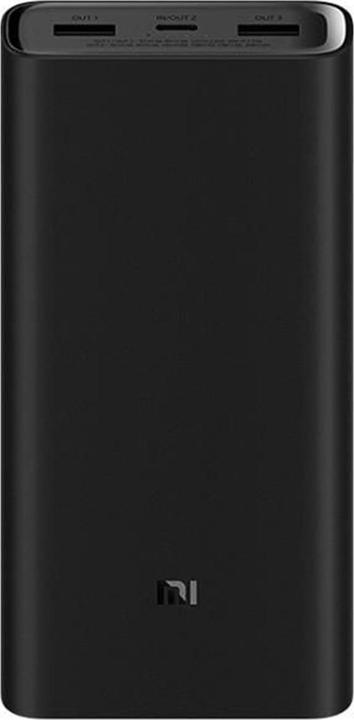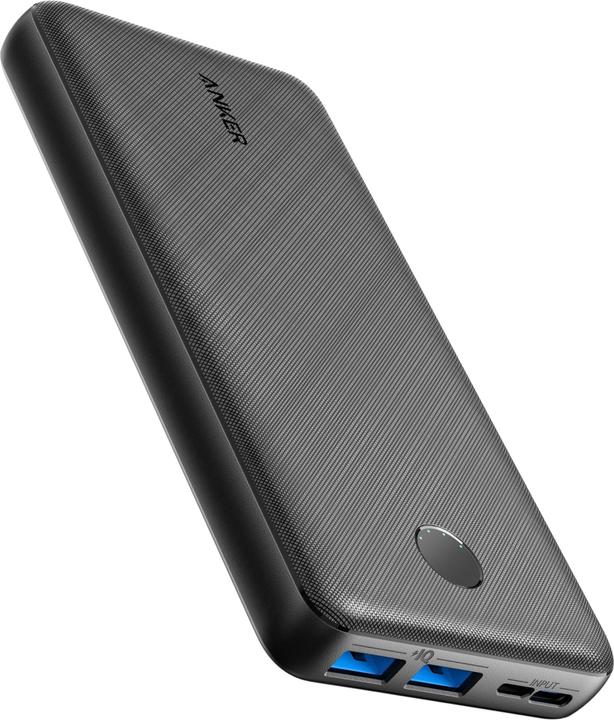

More and more flight incidents due to lithium-ion batteries
The risk of fire is real. The number of fires involving lithium-ion batteries in aeroplanes is increasing, as data from the USA shows.
They can be found in smartphones, notebooks, e-bikes, drills and many other everyday devices: Lithium-ion batteries. However, they are not as safe as most people think. For some years now, these batteries have been causing more and more fires - and they are particularly dangerous in aeroplanes. It is therefore important to educate passengers about the dangers, according to a spokesperson for the Allied Pilots Association.
An investigation by CBS News, based on data from the Federal Aviation Administration (FAA), found that there has been at least one incident involving lithium batteries on a passenger aircraft in the USA on average once a week since 2021. Furthermore, the US aviation authority confirms that the number of fires involving lithium-ion batteries has increased by more than 42 per cent in the last five years.
The big problem with a battery fire is that it can hardly be extinguished. This is because the batteries produce their own oxygen during combustion due to chemical reactions and thus keep the fire going. Even under water, a burning lithium-ion battery still provides fuel for the flames. This may prevent the fire from spreading, but due to the size and duration of the fire, it is very difficult to extinguish the burning battery. In addition, the spread of smoke can cause smoke intoxication in people in enclosed spaces and pose a serious health risk.



V7 Replacement battery AR-AP16M5J-E for selected Acer notebooks
2 cubicles, 4810 mAh
Lithium-ion batteries account for around 29 per cent of all accidents involving hazardous materials in aircraft. This was the result of a data analysis by CBS News on hazardous materials incidents over the last ten years using data from the U.S. Department of Transportation's Pipeline and Hazardous Materials Administration. According to the analysis, 5,319 incidents occurred in the United States from March 2018 to March 2023 - 695 of which occurred on passenger flights.
In the United States, some airlines are now using protective containers to control battery fires. However, these are not mandatory for aircraft. According to the [guidelines of the American aviation authority](https://www.faa.gov/hazmat/packsafe/lithium-batteries#:~:text=Size%20limits%3A%20Lithium%20metal%20(non,person%20in%20their%20electronic%20devices.), the batteries must remain with the passengers and may not be checked in.
Strict regulations also apply in Germany and Europe regarding the transport and carriage of lithium batteries or devices such as laptops with lithium-ion batteries or replacement batteries. It is generally advisable to read the restrictions of the individual airline before travelling. In some cases, it may be necessary to obtain special authorisation from the airline for transport beforehand.
Cover photo: Petr Bonek/Shutterstock
My interests are varied, I just like to enjoy life. Always on the lookout for news about darts, gaming, films and series.
From the latest iPhone to the return of 80s fashion. The editorial team will help you make sense of it all.
Show all

